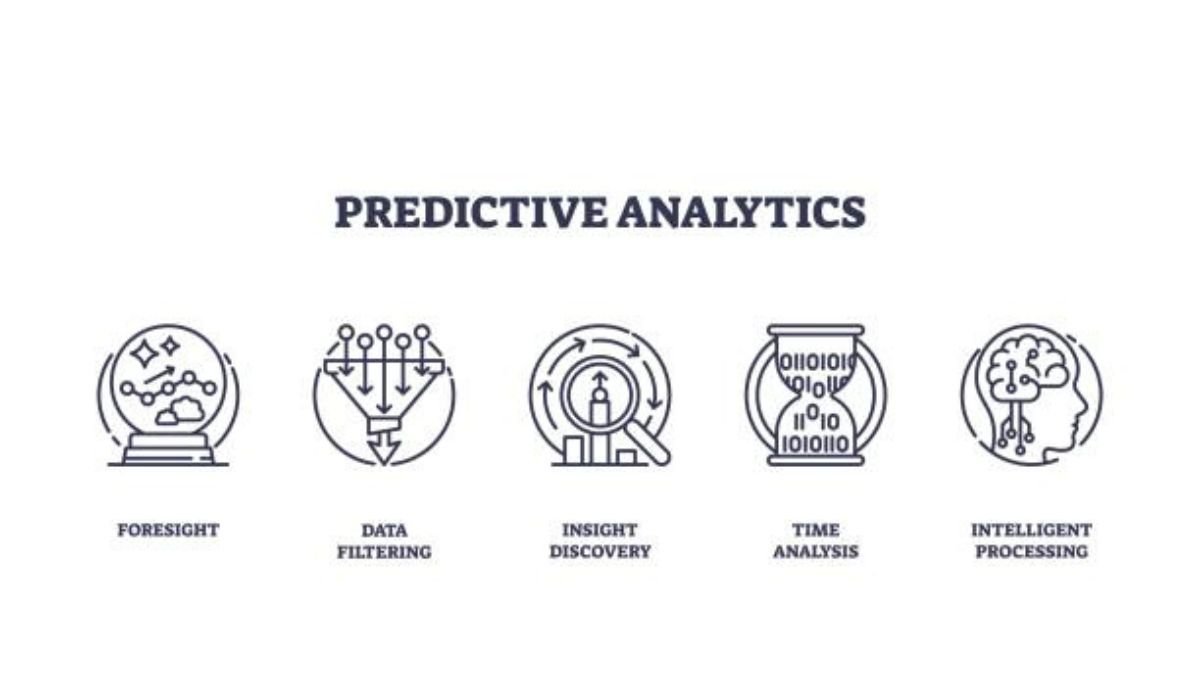Managing business finances effectively is crucial for success. Two key components that drive a business’s financial health are Fixed Capital and Working Capital. While both are vital, they serve very different roles in ensuring a company runs smoothly and thrives.
One focuses on long-term growth, supporting investments that provide lasting value, while the other keeps day-to-day operations on track. Understanding how these two types of capital interact and contribute to the overall success of a business is essential. Efficient management of both can help prevent cash flow problems, drive expansion, and ensure a business remains financially strong.
In this article, we’ll explore the critical differences between Fixed Capital and Working Capital, shedding light on their unique contributions to a company’s financial well-being.
What is Fixed Capital?
Fixed capital refers to the long-term assets a business uses to operate and support its growth. These include tangible items like real estate, vehicles, machinery, and equipment that a business relies on for production and other ongoing activities. These assets are not easily liquidated, meaning they can’t be quickly converted into cash, though they can be resold or repurposed if needed.
Fixed capital serves the business in the long-term, supporting its infrastructure and strategic operations. The specific amount of fixed capital a business needs depends on the industry and the scale of operations.
What is Working Capital?
Working capital is the capital required to fund a company’s day-to-day operations. It is calculated as the difference between current assets (such as cash, inventory, and receivables) and current liabilities (such as short-term debts and accounts payable). The formula for working capital is:
Working Capital = Current Assets – Current Liabilities
A positive working capital indicates that a business can meet its short-term obligations and operate efficiently. It is essential for covering operational expenses like payroll, supplies, and other immediate costs.
Working capital is highly liquid, meaning it can be quickly converted into cash. It plays a critical role in a business’s short-term financial health by ensuring smooth operations and the ability to grow, pay debts, and meet daily obligations.
Key Differences Between Fixed Capital and Working Capital
1. Liquidity
- Fixed capital is not easily liquidated and is typically tied up in long-term investments, making it less liquid.
- Working capital, on the other hand, is highly liquid and can be converted into cash within a short period, usually within a year.
2. Timeframe
- Fixed capital is designed for long-term use, typically for assets that support business growth and production capacity. It is meant to be used over several years.
- Working capital is used for short-term operational needs, typically within a single business cycle or year.
3. Investment Purpose
- Fixed capital refers to investments in assets such as machinery, land, and buildings that are used for long-term production and business operations.
- Working capital ensures smooth day-to-day business operations, covering immediate expenses like inventory, accounts receivable, and short-term liabilities.
4. Impact on Financial Health
- Insufficient fixed capital can limit a company’s capacity to grow and expand operations, potentially preventing it from enhancing its production capabilities.
- Insufficient working capital, however, can result in operational disruptions, such as an inability to pay for raw materials, staff, or other day-to-day expenses, which may lead to financial instability.
Examples of Fixed vs Working Capital
Fixed Capital Examples:
- Machinery: A manufacturer invests in a high-capacity lathe machine for producing components. This asset will be used for several years to scale production.
- Real Estate: A company purchases a factory building to house its operations. The property will support production for many years.
- Production Facility: A food company builds a new warehouse for storing raw materials and finished goods, enhancing long-term production capabilities.
Working Capital Examples:
- Raw Materials: A clothing manufacturer purchases fabrics and thread regularly to meet production demands.
- Accounts Receivable: A consulting firm’s outstanding client invoices represent working capital that will be used for daily expenses.
- Inventory: A grocery store maintains stock of perishable goods, ensuring that it can meet customer demand.
These examples highlight the core differences between fixed capital, which supports long-term business needs, and working capital, which handles day-to-day expenses.
How to Manage Fixed and Working Capital Effectively
Fixed Capital Management
- Plan for Long-Term Investments: Businesses should regularly assess their long-term asset needs, considering expansion and upgrades to machinery or property.
- Track Depreciation: Regularly track depreciation of fixed assets and plan for future investments or replacements as needed.
Working Capital Management
- Maintain Sufficient Cash Flow: Ensure there is enough working capital to cover short-term expenses, which includes managing cash flows from day-to-day operations.
- Track Accounts Payable and Receivable: Keep close watch on accounts receivable to avoid delays in cash inflows and manage accounts payable to ensure timely payments to suppliers.
- Efficient Inventory Management: Implement inventory management strategies to prevent overstocking, reduce wastage, and free up cash tied in stock.
Balancing Both
- Businesses should maintain a balance between investing in long-term fixed capital and ensuring that sufficient working capital is available for day-to-day operations. Striking this balance will help businesses remain operationally smooth while positioning them for future growth.
Conclusion
Fixed Capital and Working Capital are crucial for a business’s financial stability and growth. Fixed capital supports long-term investments like machinery and property, while working capital ensures smooth day-to-day operations by covering short-term expenses. Both play an essential role in maintaining a balanced and healthy financial position.
For businesses looking to optimize their capital management and streamline funding, platforms like Recur Club offer flexible solutions to improve liquidity and working capital.











